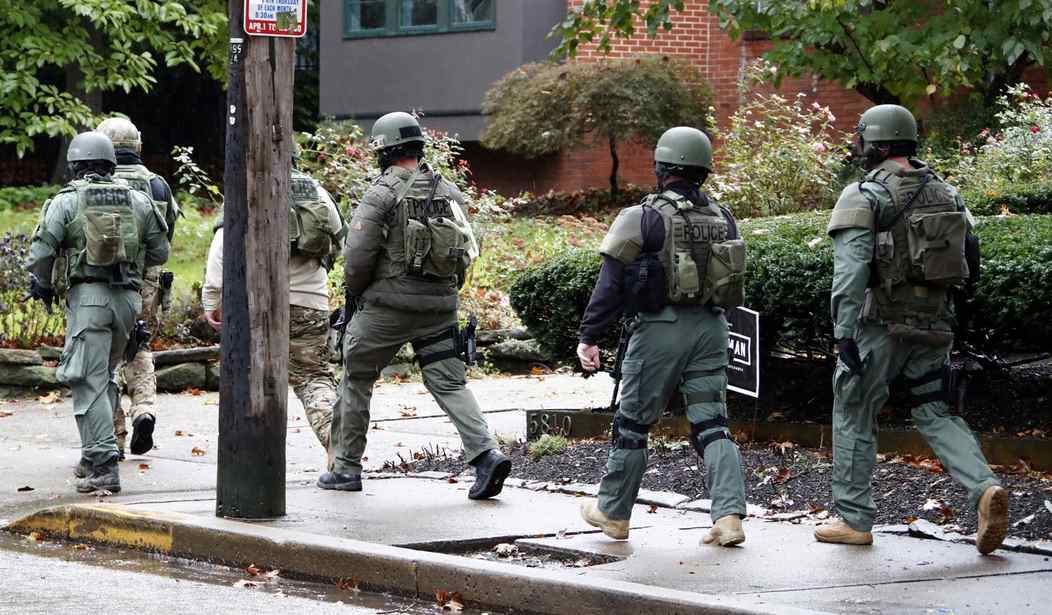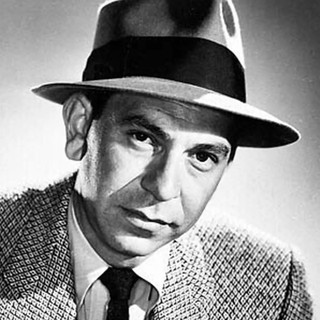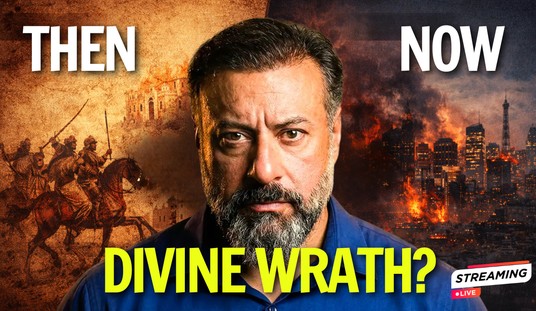I’m old enough to remember when the Los Angeles Times was a good, even a great newspaper. I don’t mean an unbiased one – it’s been leaning left for decades – but one in which the bias wasn’t always so easily discerned, especially in what were purported to be news stories.
Alas . . .
An August 6 story in the Times illustrates how far the paper has fallen, and it serves as a lesson in how to read a “news” story in most major papers today. Remember that writers and editors often choose to cover topics not only for their news value but also for how well they propagate the favored narrative in the newsroom. One must be careful to note not only which topics are covered, but also what information is buried deep in the story or omitted entirely. At the Los Angeles Times, for at least 30 years, there has been no more favored narrative than that of intrepid reporters exposing dishonest cops, most especially those at the LAPD.
Hence the August 6 story, the lede of which reads like the pitch to some cheesy action film. “After assessing the hilly terrain around a Sunland house where a homeless man had holed up one morning in May 2017,” it begins, “the Los Angeles Police Department’s heavily armed SWAT team requested more firepower — and got it in the form of a helicopter equipped for ‘aerial shooting,’ dubbed ‘Sniper-1.’”
One can imagine a roomful of woke, 20-something studio types in rapt attention and drooling into their lattes. “Yes!” they say. “Box office! A downtrodden man against the cops and all their military hardware. We’ll get Leo to play the homeless guy.”
The George Floyd Body Camera Videos: Keys to an Acquittal?
The reader is of course expected to agree with the writers’ premise, which is that all of this firepower, the helicopter in particular, was unnecessary and indeed grossly excessive. And the writers go on to drive this point home. “By the time they’d left the scene hours later,” say Times writers Kevin Rector and Richard Winton, “the team had fired more than 40 rounds at 29-year-old Anthony Soderberg, including more than a dozen from the helicopter — a first in LAPD history. Many of the rounds were fired from hundreds of feet away, and many came after a bloodied and unarmed Soderberg had exited the home, rolled off the edge of a patio, and dropped into a ravine, where he’d later be pronounced dead.”
The Los Angeles Police Commission, say Rector and Winton, “ruled that the officers had opened fire when they were not in imminent danger or when they were too far away to determine whether a threat existed. Of 13 officers investigated, the commission ruled that 12 had used deadly force in a way that ‘was not objectively reasonable and was out of policy.’”
The Times ran the story above the fold on the front page of the Aug. 7 print edition, giving it the ominous headline, “LAPD officer describes a ‘SWAT mafia.’” Anyone who read only the headline and the lede, which is to say most people, would naturally assume an LAPD insider had come forward to describe how this “SWAT mafia” had conspired to assemble a mass of weaponry to kill an unarmed homeless man, going so far as to shoot him from a helicopter.
Only someone who stayed with the story to the 15th paragraph would learn details inconvenient to the narrative, which are that the “unarmed” homeless man had invaded a woman’s home, had been armed earlier, and had repeatedly shot at officers. The story omits altogether the reason the LAPD commanders authorized the use of the helicopter as a shooting platform in the first place: the house was at the end of a street atop a ridgeline, and a steep embankment descended from the backyard. There was no other practical way to cover that side of the house and prevent the suspect’s escape down the embankment and into the surrounding neighborhood.
The story was a follow-up to one that ran on July 29, detailing the claims of Sgt. Tim Colomey, who had served with the SWAT team for 11 years. (A third writer, Cindy Chang, shared the byline with Rector and Winton on this story.) Colomey is suing the city of Los Angeles, and in his suit he alleges the SWAT team is controlled by a group of senior police officers who “glamorize the use of lethal force, and direct the promotions of officers who share the same values while maligning the reputations of officers who do not.” These senior officers, Colomey claims, are known within the unit as the “SWAT mafia.” He also alleges LAPD command officers have turned a blind eye to the problem.
The July 29 story quotes from Colomey’s lawsuit. “SWAT officers who have chosen not to use lethal force in suspect encounters,” it says, “and who have instead sought to deescalate conflicts, have been ostracized and labeled ‘cowards’ by the SWAT Mafia. These officers will never succeed or promote within SWAT.”
There’s More to the Story of the ‘Elderly’ Protester Knocked Down by Buffalo Police Than You’re Being Told
These are serious allegations, to be sure, and are indeed worthy of attention at the Los Angeles Times. But with serious allegations, is there not a burden on a newspaper to engage in serious reporting? Not, apparently, at the Los Angeles Times.
If the LAPD’s SWAT team were truly under the control of a secretive “mafia” that favored deadly force over more peaceful means to achieve its mission, surely the mountain of bodies would be reflected in the available data. It isn’t, but apparently no one at the Times could be bothered to ask about it. After all, why let the facts get in the way of the narrative?
Here are the relevant statistics, which belie the narrative and the allegations made by Sgt. Colomey. From January 1, 2015, through July 30, 2020, the LAPD’s SWAT team responded to 546 incidents. And keep in mind that in order for the unit to respond, officers already at the scene must have verified that an armed and wanted suspect has barricaded himself in a position of advantage and refuses to surrender. Out of those incidents, SWAT officers were involved in just nine shootings or 1.6 percent of the total. In two of those shootings, officers were struck by a suspect’s gunfire, and in a third, an officer was hit by an arrow fired from a crossbow.
The adjudication of the crossbow incident, which occurred on June 7 of this year, is still pending. Of the eight remaining SWAT shootings, only the one involving the helicopter was found by the Police Commission to be “out of policy,” but even that decision was later overruled through a long-established administrative appeal process, another detail the writers at the Times failed to mention. (For a more detailed examination of that incident, see my PJ Media column from May 15, 2018.)
In that same time span, SWAT officers also served about 100 high-risk search and arrest warrants at locations where suspects were believed to be armed or which otherwise presented obstacles too hazardous for other police units to address. There were no shootings in any of these deployments.
Far from being sinister, the term “SWAT mafia” is merely a tongue-in-cheek label given some years ago to the unit’s instructor cadre by a group of newly selected trainees. Sgt. Colomey and his willing accomplices at the Los Angeles Times allege these senior officers are malevolent, but the statistics cited above conclusively prove otherwise.
The LAPD SWAT team is by far the most selective and scrutinized unit in the department, and it has earned its reputation as one of the finest such units in the world. The Los Angeles Times stories linked above, like Sgt. Colomey’s lawsuit that engendered them, are rubbish.
On the LAPD ‘Civilian Oversight’ Board, the Untrained Criticize Police Work










Join the conversation as a VIP Member